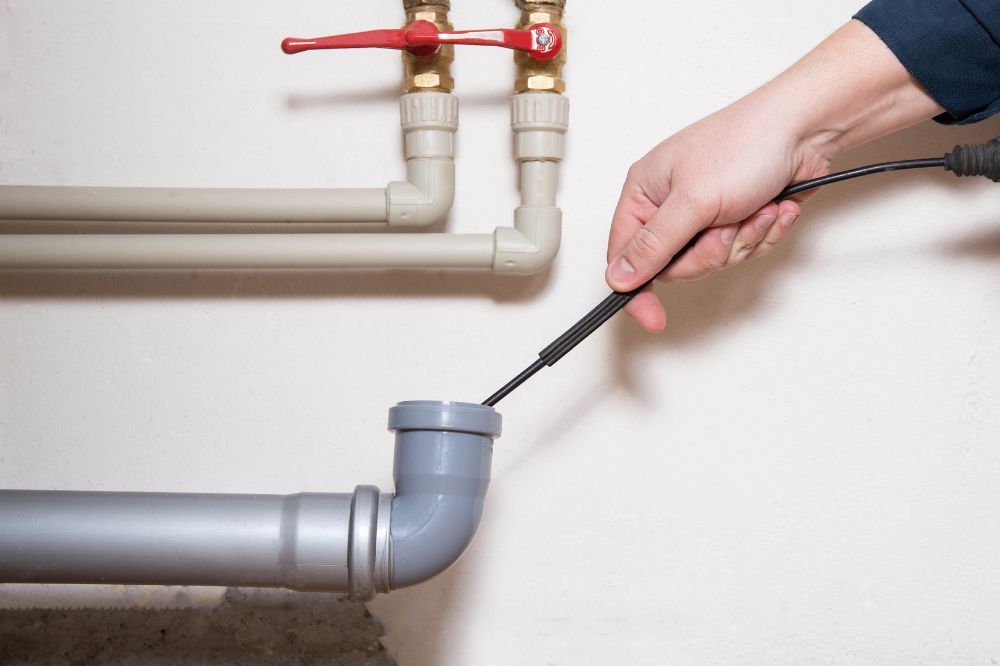
What Is the Average Cost of Sewer Line Repair in Chandler, AZ?
The average cost of sewer line repair in Chandler, AZ, typically ranges from $1,500 to $3,500, depending on factors such as the extent of the damage and the method of repair. Homeowners may face higher costs if additional issues, like excavation or replacement, are required.
Ignoring early warning signs, like slow drains or foul odors, can quickly turn a manageable issue into a full-blown emergency that demands immediate, expensive fixes. To make the best decision for your home, it’s essential to understand the variables involved in sewer line repairs and how to recognize the signs of trouble early.
Today, we’ll answer the common question of what is the average cost of sewer line repair in Chandler, AZ and the factors affecting price.
Pinpointing Common Sewer Line Issues
Recognizing the early indicators of sewer line issues is key to avoiding repairs and extensive property damage. Here are some signs that suggest sewer line issues.
Recurring or Persistent Clogs
Frequent clogs in household drains, such as sinks, showers, or toilets, often indicate deeper problems within the sewer line rather than isolated plumbing issues. Tree roots, for example, can penetrate sewer lines in search of water, creating blockages that simple plunging or drain cleaners cannot resolve. Another scenario involves repeated backups in multiple fixtures, signaling a blockage or collapse further down the line, which requires a thorough inspection and likely repair.
Unpleasant Odors Indoors or Outdoors
A properly functioning sewer system should not emit any odors. Foul smells coming from drains or around the property can indicate a crack or breach in the sewer line, allowing sewage to leak. For instance, persistent smells in a basement or near landscaped areas often lead back to small fractures in the sewer line, which can expand and lead to more severe damage if not promptly addressed.
Slow Drains Throughout the Home
While a single slow drain might be a minor plumbing issue, multiple slow drains generally indicate a significant sewer line problem. If standard plunging, snaking, or drain cleaners do not resolve the slow drainage, it likely points to a blockage or damage in the main sewer line. Examples include homes with simultaneous slow drainage in kitchen and bathroom sinks, often due to partially collapsed sewer pipes or severe blockages from sediment buildup, necessitating extensive cleaning or replacement.
Unusual Lawn Growth or Water Pooling
Unusually lush patches of grass or standing water that doesn’t drain properly can signal a leaking sewer line. Sewage leaks act as fertilizers, causing uneven vegetation growth or creating soggy areas in the yard. Instances of vibrant green patches on a dry lawn or persistent wet spots, even in arid conditions, often indicate a breach in the sewer line.
Factors Affecting the Cost of Sewer Line Repairs in Chandler, AZ
Several factors can influence the cost of sewer line repairs, making it essential for homeowners to understand the key elements that drive these expenses.
Type and Extent of Damage: In-Depth Analysis
The type and extent of sewer line damage are crucial factors influencing repair costs, and understanding the root causes of these issues can help homeowners take preventive measures.
Tree Root Intrusion
This usually occurs in arid regions or during drought conditions. Roots can enter sewer lines through tiny cracks or joints in the pipes, expanding as they grow, which exacerbates blockages and structural damage. For example, a mature tree with an extensive root system can penetrate old clay pipes, causing significant blockages and even breaking the pipes apart over time.
This intrusion often requires specialized equipment to cut and remove the roots, and in severe cases, complete replacement of the damaged pipe sections is necessary to prevent future issues.
Pipe Corrosion
Pipe corrosion is particularly common in older sewer lines made from materials such as cast iron or clay. These materials are susceptible to chemical reactions over time, especially when exposed to soil conditions, water acidity, or industrial waste.
For instance, clay pipes, while not prone to rust, can become brittle and crack under pressure or due to the natural settling of the ground. Severe corrosion compromises the structural integrity of the pipes, often necessitating full replacements to restore proper function.
Blockages
Over time, debris, grease, or non-biodegradable materials build up inside the pipes, restricting water flow and leading to backups. For example, in residential areas, common culprits include fat, oil, and grease (FOG) from kitchen sinks, which can solidify and stick to pipe walls, gradually causing significant obstructions. In multifamily dwellings, the problem can be exacerbated by improper disposal of items like wipes, paper towels, or sanitary products.
Blockages can also result from sediment buildup or mineral deposits in areas with hard water, leading to the gradual narrowing of the pipe interior. Severe or recurrent blockages often point to underlying issues such as collapsed pipes or invasive root growth, requiring more comprehensive repairs like pipe bursting or full excavation and replacement.
Repair Methods: Traditional Excavation vs. Trenchless Techniques
The decision between traditional excavation and trenchless repair methods significantly impacts costs. Traditional excavation is preferred for severe sewer line damage, such as extensive corrosion, major root intrusion, or total pipe collapse. This method allows for complete pipe replacement but involves significant digging, leading to higher costs due to the need for restoring landscapes, driveways, or other disturbed areas.
Trenchless repairs, like pipe lining (Cured-In-Place Pipe) and pipe bursting, are less invasive alternatives ideal for pipes with minor cracks, leaks, or moderate root intrusion. While trenchless repairs can have higher upfront costs per foot due to specialized materials and equipment, they often result in lower total expenses thanks to faster completion times and minimal property damage, making them suitable for most repairs where full excavation isn’t necessary.
Property-Specific Conditions
Several unique property-specific conditions can influence the cost and complexity of sewer line repairs. For instance, properties with high groundwater levels may require continuous dewatering during repairs, adding to labor and equipment costs. Additionally, homes with foundation issues, such as settling or cracks, can complicate access to sewer lines and necessitate structural support to prevent further damage.
Another condition is properties with historic designations or unique architectural features, which may require special permits and careful handling to preserve the site’s integrity, leading to longer project timelines and increased costs.
Age and Material of Existing Sewer Line
The age and material of existing sewer lines significantly impact their durability and the extent of repairs needed. Older sewer lines, often constructed from outdated materials such as clay, cast iron, or Orangeburg, are particularly susceptible to deterioration. These materials are prone to issues like cracking, corrosion, and collapses due to their inability to withstand modern stressors, such as ground movement or increased water pressure.
Clay pipes are brittle and can crack easily; cast iron is susceptible to rust and corrosion over time, and Orangeburg degrades quickly under pressure. As a result, these aging lines often necessitate complete replacements rather than simple repairs, driving up both the complexity and cost of sewer line maintenance and restoration.
Extent of Restoration Post-Repair
The extent of restoration required after sewer line repair can significantly increase overall costs. This includes re-landscaping, replanting grass or shrubs, repairing driveways, sidewalks, or patios, and fixing any damaged irrigation systems.
If excavation was necessary, returning the property to its original condition often involves more than just filling in the trench. Replacing hardscapes, restoring lawn areas, or addressing structural damage to nearby features can add considerable expense, making the total cost of sewer line repair more substantial than anticipated.
Emergency vs. Scheduled Repairs
The timing of sewer line repairs plays a crucial role in determining costs, with emergency repairs generally being more expensive than scheduled ones. Emergency repairs often require immediate attention, involving rapid response teams, after-hours labor, and expedited services, all of which can significantly drive up costs.
These repairs are usually necessary when a sudden failure or severe blockage occurs, posing immediate risks to property or health. In contrast, scheduled repairs allow for more flexibility, enabling property owners to plan and budget accordingly. By opting for scheduled repairs, homeowners can often avoid premium charges associated with urgent, last-minute interventions.
Moreover, scheduled repairs allow for thorough pre-assessment and planning, which can lead to more efficient repair processes and potential cost savings in labor and materials.
Preventing Sewer Line Damage: Proactive Steps for Chandler, AZ Homeowners
Prevention is cheaper than dealing with repairs after problems have occurred. Here are some proactive measures homeowners in Chandler can take to protect their sewer lines:
Regular Inspections and Maintenance
Scheduling regular sewer line inspections can help catch potential problems early. Many plumbing companies offer camera inspections that allow early detection of issues like root intrusion, corrosion, or blockages. Annual inspections are recommended, especially for homes with mature landscaping.
Even with the best preventative measures, sewer line issues can still occur. Set aside a maintenance fund to cover unexpected plumbing expenses, so you’re not caught off guard by sudden repair costs.
Smart Landscaping Decisions
To minimize this risk of tree root intrusion, avoid planting trees and large shrubs near your sewer lines. If trees are already in place, try installing root barriers to stop roots from reaching the pipes. Additionally, opt for smaller, less invasive plant species in areas near your sewer lines.
Proper Waste Disposal Practices
What goes down your drains affects your sewer line’s health. Avoid items such as wipes, sanitary products, and cooking grease. All of these can build up in your sewer line, leading to damage over time. Educating household members about proper waste disposal can help reduce the risk of sewer line problems.
Keep Your Sewer Line in Top Shape with Expert Care
Sewer line maintenance and repair are critical components of homeownership in Chandler, AZ. By understanding the common issues, recognizing the warning signs, and choosing the right repair methods and service providers, you can protect your home from extensive damage and maintain a healthy, efficient plumbing system.
Trust the experts at AZIP for reliable and efficient sewer line repair services in Chandler. Our team is committed to providing high-quality repairs that minimize disruption to your home and help you maintain peace of mind.
Contact us today to schedule an inspection or consultation, and let us help you safeguard your home with expert sewer line care.
FAQs
What are the environmental impacts of sewer line damage?
Raw sewage leaks can harm local ecosystems, affecting plant and animal life. Addressing sewer line issues promptly can mitigate these impacts and protect the environment from further degradation.
How does the location of a property affect sewer line repair costs?
The location of a property, including its proximity to other utilities, soil type, and terrain, can significantly impact repair costs. Properties in rocky areas or with high groundwater levels may require more complex repairs, while urban settings may involve additional coordination with local authorities, increasing overall expenses.
What role does insurance play in covering sewer line repair costs?
Insurance coverage for sewer line repairs varies widely by policy. Some homeowners’ insurance policies may cover repairs if the damage is sudden and accidental, while others may exclude coverage for gradual deterioration. Understanding your policy’s specifics is crucial to determine what repair costs might be covered.

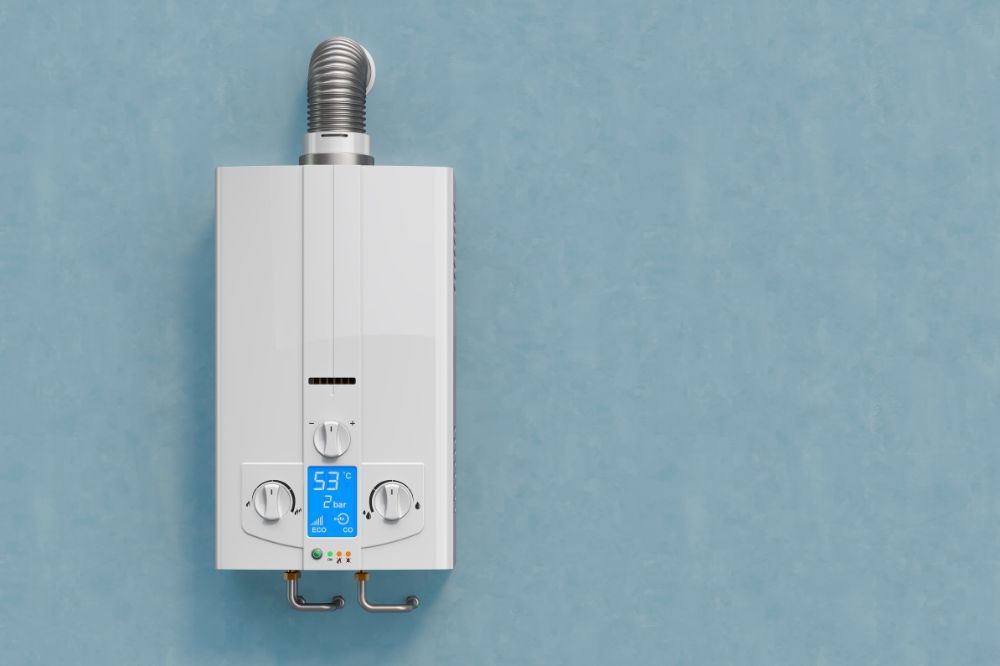

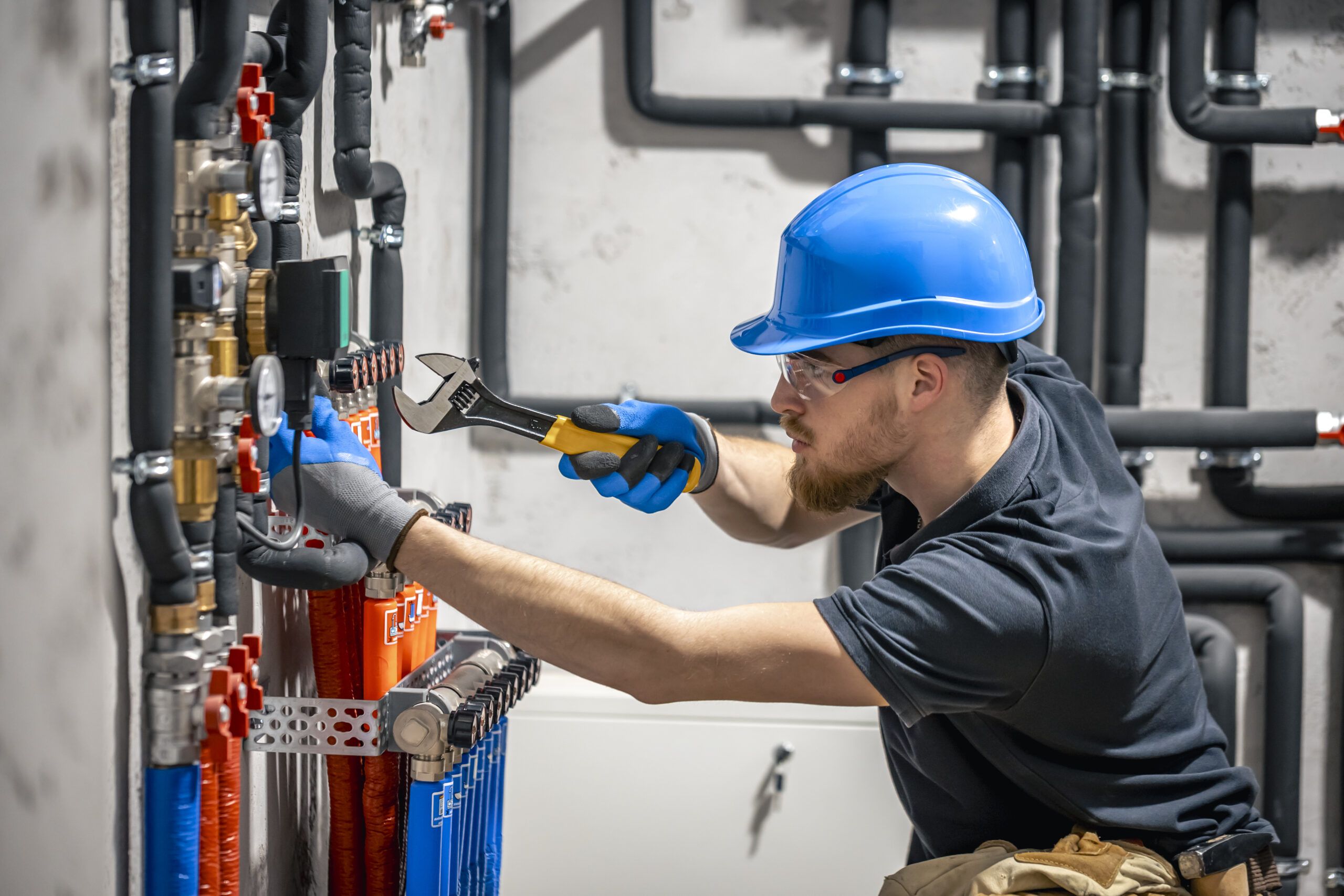

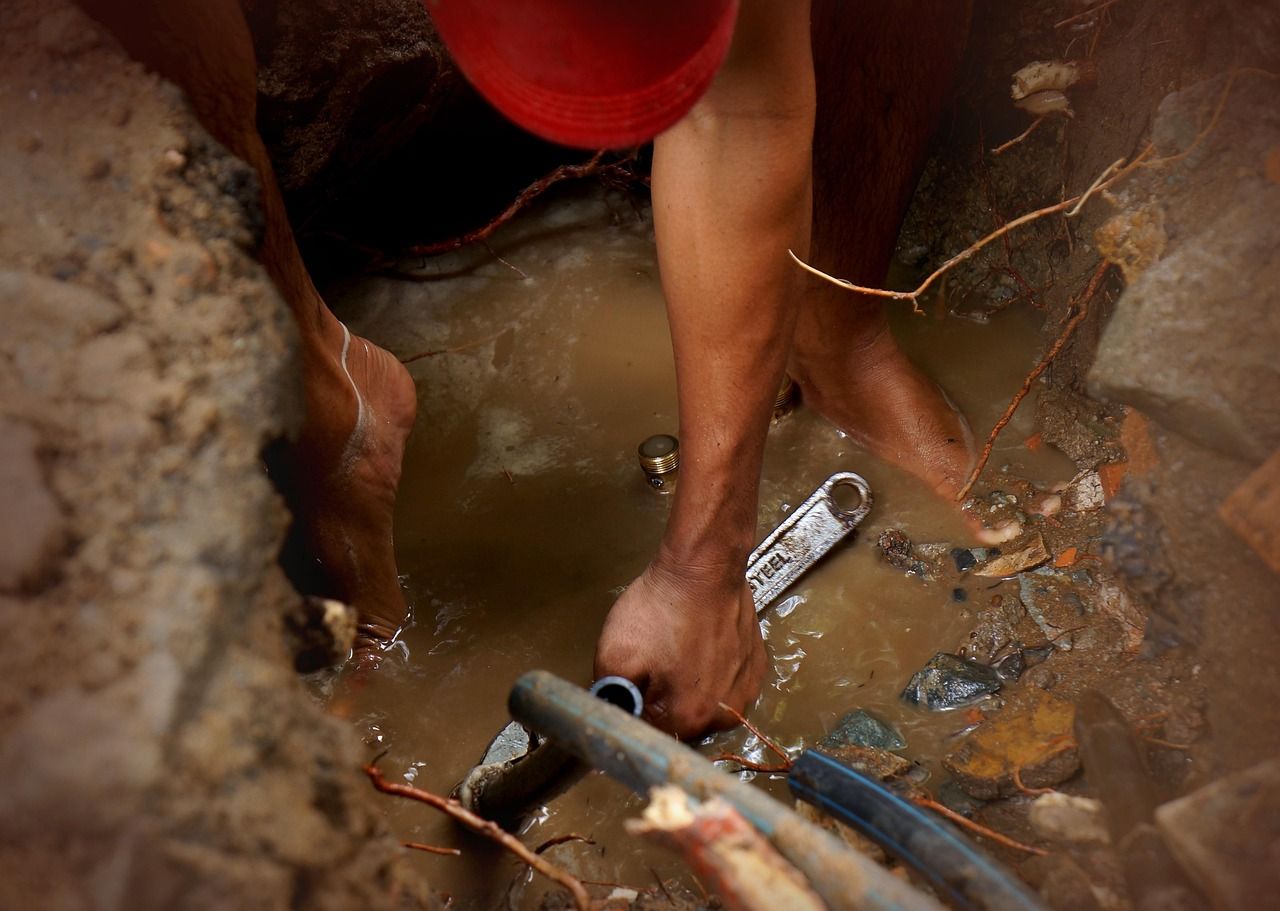




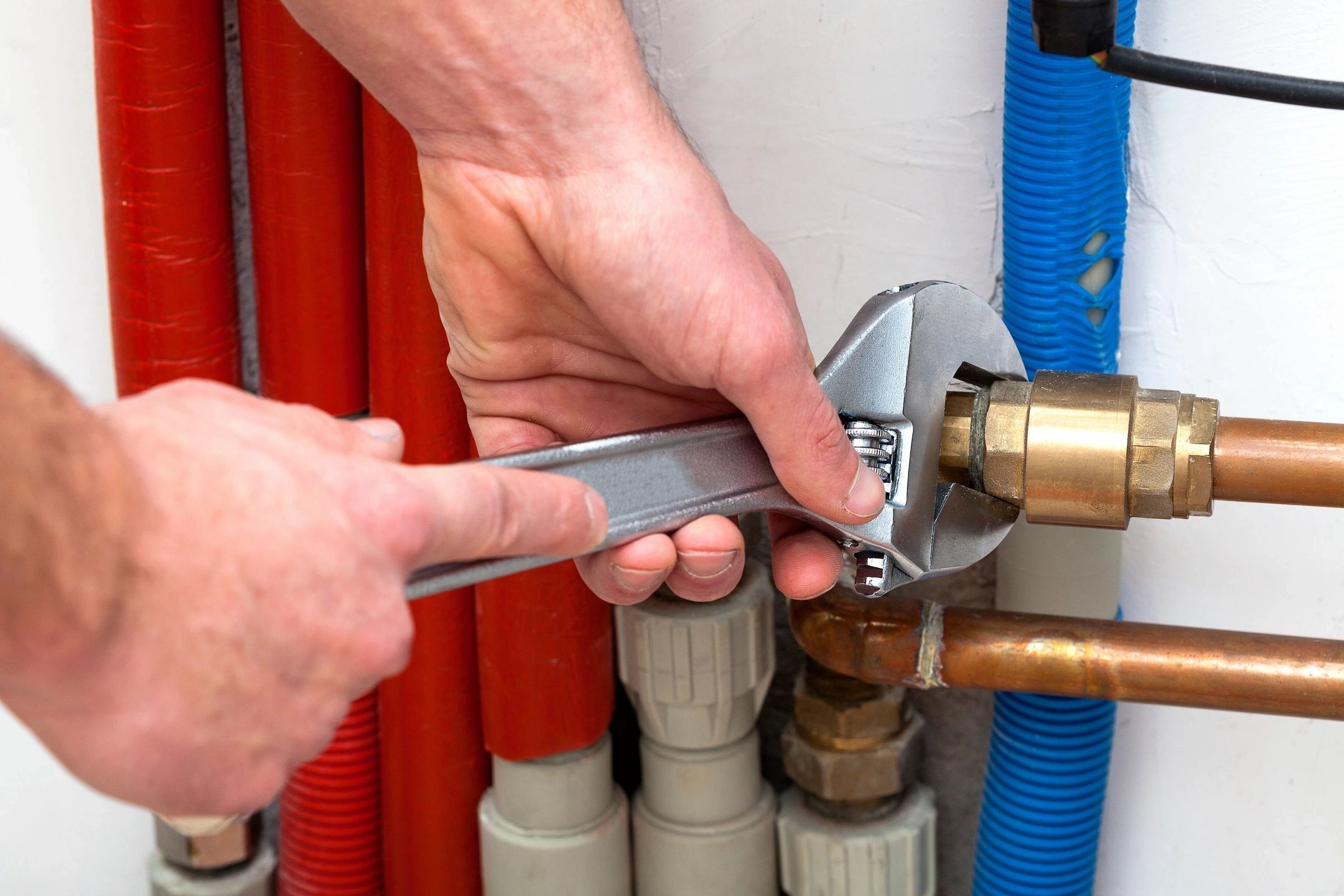

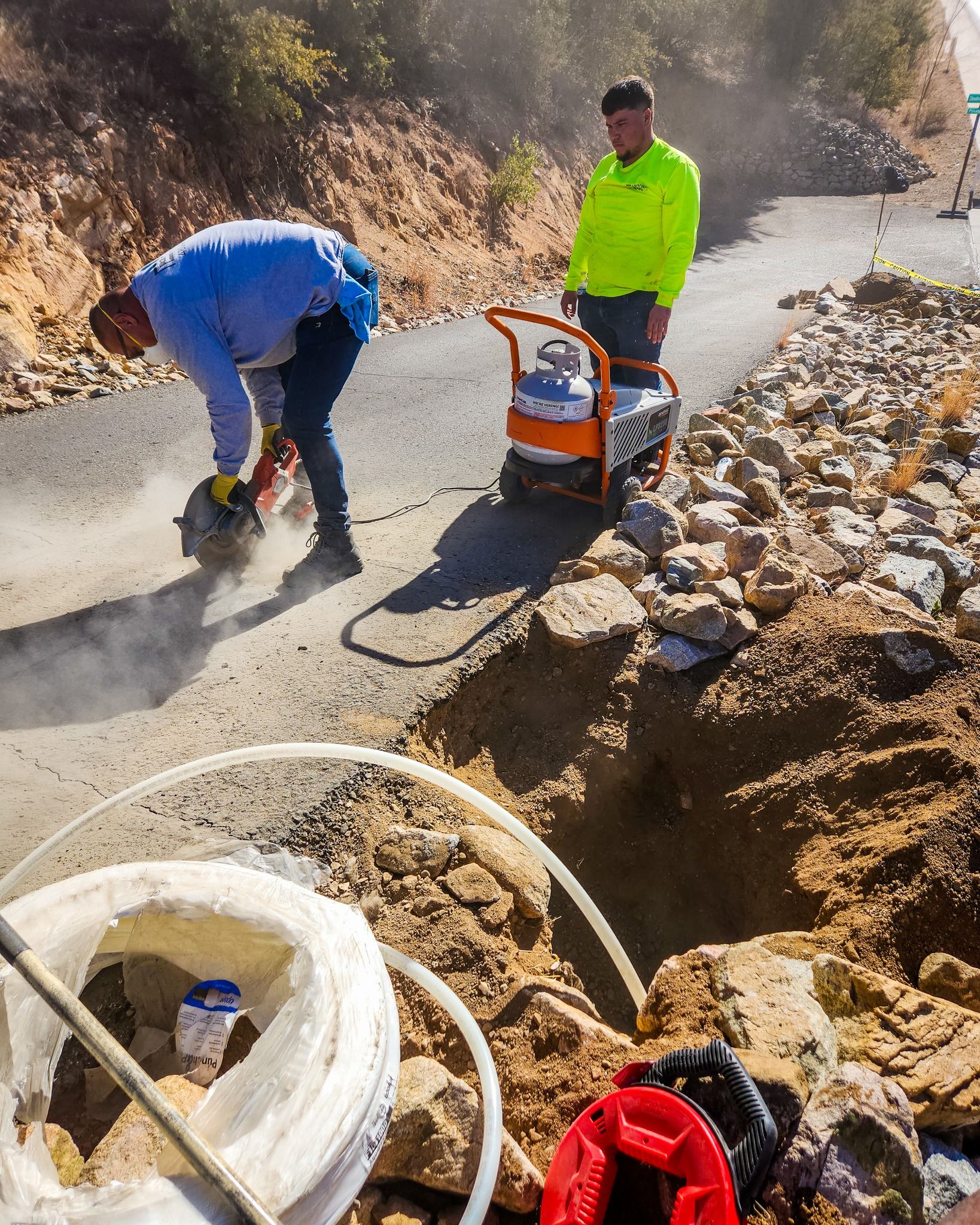
 Hi! How can i help you?
Hi! How can i help you?